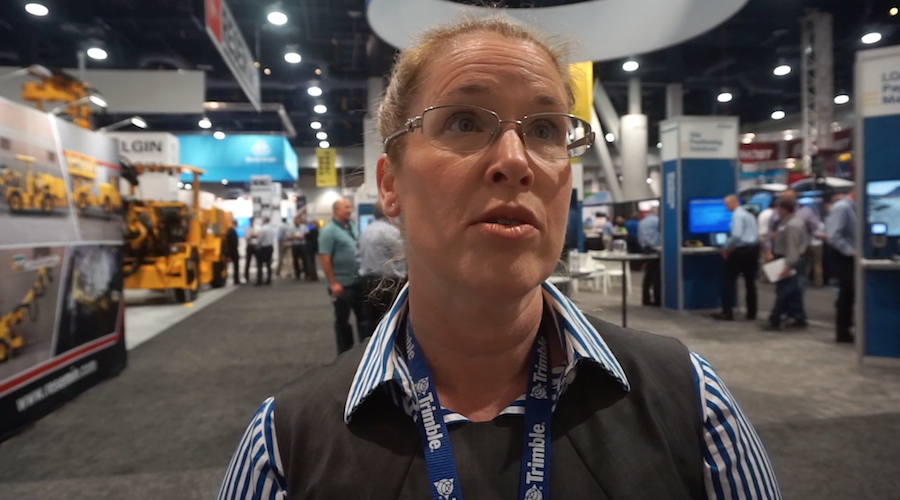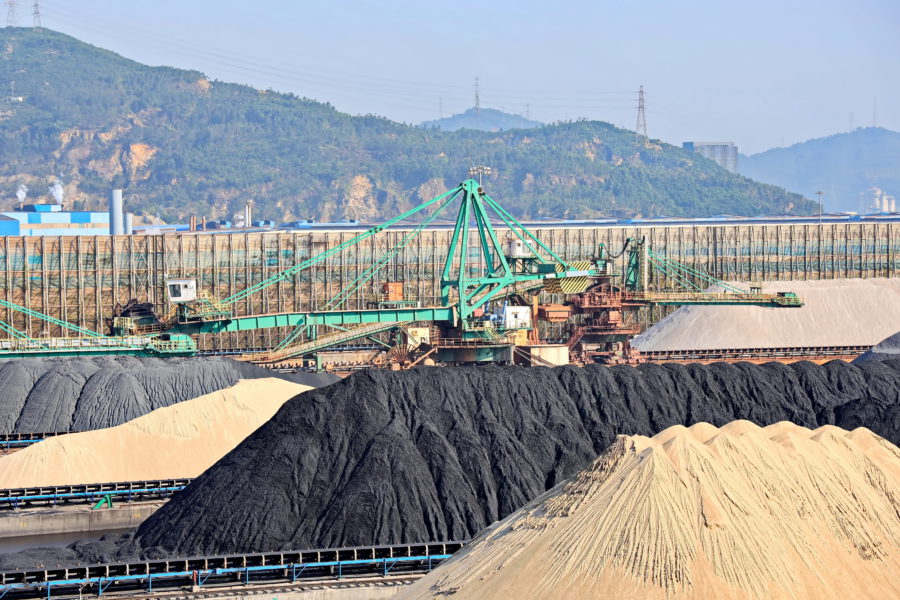How to collect mining data

AMC Consultants is all about designing methodologies for establishing effective systems and processes in different mine sites, with the final goal of achieving optimal output and return.
At MINExpo International 2016, representatives for the Australia-based firm decided to make a point of the importance of having up-to-date performance data. In fact, the Business Improvement Manager from the Perth office, Kate Sommerville, traveled all the way to Las Vegas to discuss the improved results they are seeing in operations that perform a systematic collection of data and make it readily accessible for analysis and reporting to key stakeholders.
Full interview transcribed for clarity:
Kate Sommerville: AMC does a lot of mining studies and reviews for mining companies the focus in what we are doing here is online benchmarking and benchmarking for mining companies.
MINING.com: Why has data been a thing this year at MINExpo?
Because I think there has been a definite uptrend in the ability to collect a lot of data, but we are actually finding that companies are struggling to make sense of it and put it together and make some timely decisions and get it out to improve their operations.
MINING.com: How do you do data right at the mine?
Kate Sommerville: How do you do data right at the mine? Well, it is really important to get one version of the truth and get it all in one place, so that you can do it. The next thing you need to do is to make sure that you know who the stakeholders are and what data they need and what type of decisions they need to make and how they need to make that decision, so how they need to get the data. Do they need to go to a meeting? Do they need to get an email on their phone? Do they need to get a dashboard? Do they need to see it up there?
And definitely there has been a focus around productivity as well, and that’s the way you measure your productivity.
MINING.com: How do you know what data specific people need?
Kate Sommerville: We often go to mines and see, you know, a manager with a report that has 10 pages, I mean, they are going to look at that on a daily basis and make a call, so they should only be looking at a dashboard of three or four things, and then the people below him should be looking at three or four things, so it’s really important to look at… You know, most managers should be looking at what’s going on for the week and the month, and the supervisors need to be looking at sort of the day and the week, and the operators need to be looking at the shifts, so you really need to make sure that the data is targeted to the people that need to make the decisions.
MINING.com: There must be data that’s coming from everywhere now…
Kate Sommerville: Yes, you can have the mine dispatch system and just look at some productivity data, and then you also have the miners’ data, and then you’ve got the shift data, and the safety data. I went to a mine in India, just last year, and they have 20 different manual shift books for what they are doing, how can you possibly manage that? So, I think that’s where the Trimble kind of demand is quite good because the platform sits on top of all of the other systems and pulls it into one place.

MINING.com: What is the difference, in terms of operations, between a mine that doesn’t use any data versus a mine that makes use of data?
Kate Sommerville: I think that the operations that have done well have put someone in there who really loves the data and has eyes on it, so you are going to have a custodian of the data, and then you’re going to define what people actually want to use, so it’s going to be part of the way you do business, it’s going to fit timely into the morning meeting and into the weekly meetings and other meetings there, so the best way to do it is to start with key metrics, have an eye on it and make sure it’s being used in everything people are doing.
MINING.com: Explain a little bit about Trimble…
Kate Sommerville: Trimble is quite a large company, it does a lot of different surveying products and it serves a lot of different industries, from agriculture to mining, but the focus here at MINExpo is mining products so there’s a lot of surveying products, and spatial, and collecting the data for spatial area, but also on the measurement for equipment like loading and trucking and looking at those circles, but the focus as well, really, is basically the Trimble with the connected mine where they are actually integrating with our platform and they are pulling everything together to have one version of the truth, and then taking it one step further and making it into a 3D visualization, so you can really be part of the mine collaborative decisions.
It is really important because it’s really the trend towards which mine operations are going now, where people who are actually away from the mine can work in the mine, so they really want now to immerse people in the mine and make sure decisions are good, and also some of the other things like having good shift meetings, collaboration meetings, planning meetings, those kinds of things, it just allows people to really visualize it well and see what’s going on.
More News
{{ commodity.name }}
{{ post.title }}
{{ post.date }}




Comments